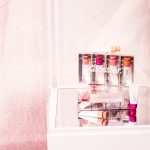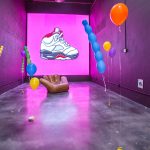What is a pop-up shop? Everything you need to know to try short-term retail > Reasons to open a pop-up shop. Top 7 business benefits to opening a pop-up shop > 6 Financial Advantages of Hosting a Pop-Up Shop > How To Use Data and Insights To Measure Your Pop-Up Store’s Success
Today’s customers value experiences as much as (if not more than) things. Therefore, they buy based on how you make them feel, not just what you offer. This experience-over-things mentality has contributed to the rise of the pop-up, specifically the pop-up’s popularity with brands, event marketers and experience creators.
For brands that are investing in pop-up stores, it’s important to know and measure the pop-up shop’s success. Now, with resources like GoGoGuest, a Storefront partner, brands, agencies and event marketers can effectively measure the success of pop-up stores using physical retail detail and insights. Here’s how:
1. Keep track of foot traffic engagement by day and time of day
The ultimate measure of pop-up success is foot traffic conversion to the venue or physical retail experience space. Brands drive traffic to their pop-ups organically through content, influencer marketers and by buying ads and re-targeting from different channels, including Instagram, Facebook and Google.
Read More: How to Generate Footfall to Your Pop-Up Store
With GoGoGuest, brands can measure ad and social media conversion at the physical retail level through:
- Conversion using WiFi guest amenity combined with sensor technology
- Conversion using a branded iPad device is usually driven by raffles and special prizes
- Understanding dwell time
- Visual customer interaction journey flow
“With GoGoGuest, we were able to determine that our guests spent an average of 45 minutes per visit. That’s an amazing understanding of our audience’s behavior for our first This is Dogville pop up experience and our sponsors,” says George Nguyen, Founder of the recent This is Dogville pop-up store, powered by Storefront.
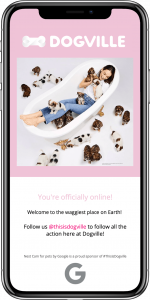
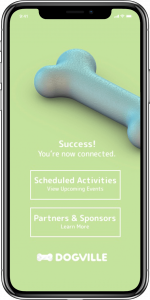
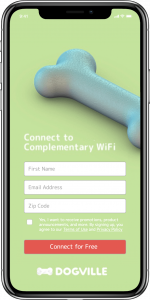
This is Dogville, a “pup-up” experience in New York City which was well-received by the media, was powered by GoGoGuest, and generated an average of 1,689 nearby impressions per day while seeing an average of 45 minute dwell time per guest. For Dogville and their brand sponsors, knowing the face-to-face time each brand received while hanging out with their best furry friend is a huge reason the agency wants to deliver this same pop-up experience to the LA and San Francisco markets. (Learn more about Dogville’s next pop up experience in LA and San Francisco!)
2. Capture Customer Data (With Permission)
While Instagram ‘likes’ are great for your brand’s online awareness, getting to know your fans in a face-to-face environment like a pop-up experience or event is better.
To adequately capture your customer’s data in your pop-up store, here are some best practices:
- Make it a friendly and welcoming experience. Branded WiFi captive portals, waiver or check-in forms can be more than just a check-box for your guest before entering the experience
- Let them know why you’re asking for information
- Pro tip: Reward them for letting you in. Boost a consumer’s eagerness to share their information by rewarding them with chances to win a discount on their first product purchase or next event ticket
- Pro tip: Digital is great, but make sure you have visual cues and emphatic reminders scattered around the experience
For Grey Advertising, the team behind the Canon Portals SoHo pop-up store powered by Storefront, “the ability to make our waiver and check-in process far more fun for guests during New York City and LA #CanonPortals experiences was invaluable”.
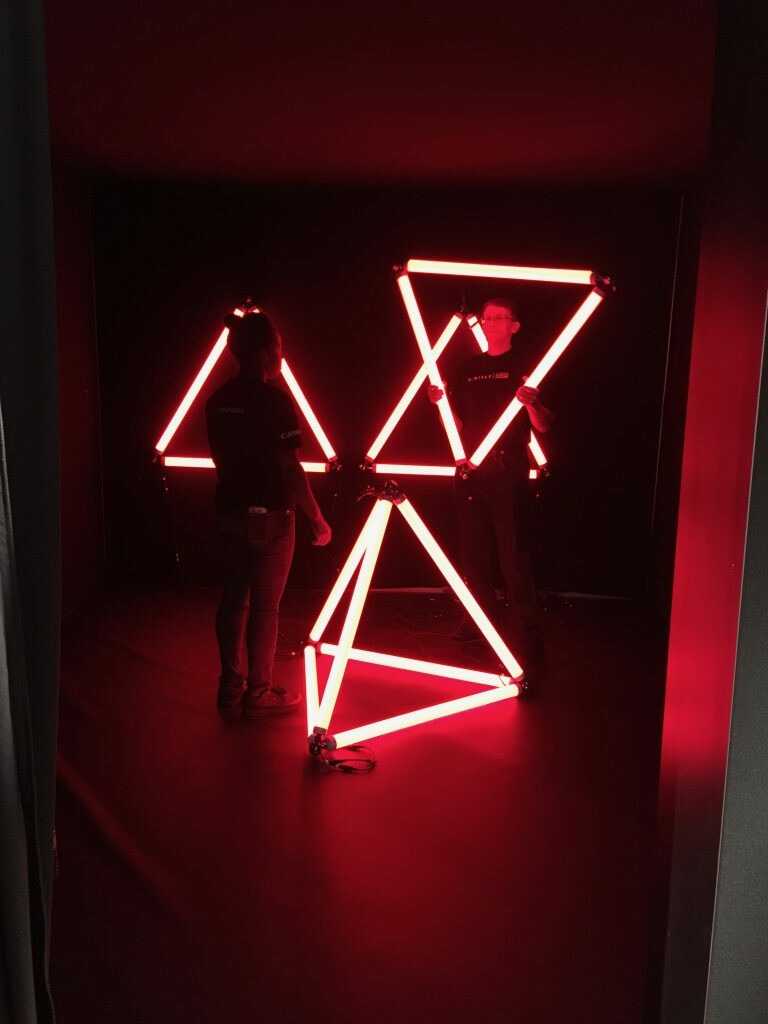
3. Get Immediate Guest Activation
Reminding your guest why you’re in their inbox is a great first step to establishing your brand’s relationship with a new customer or potential customer. When sent minutes after a customer signs up, your “Welcome” or “Hello” email is guaranteed to steer your brand away from the SPAM box.
At GoGoGuest, 8 out of 10 people expect a Welcome email. Welcome Emails have an average open rate of 51.5%. For your pop-up experience, this communication could be a subscription confirmation or a confirmation of a raffle entry. The welcome email you send sets the foundation for the rest of your communications with a new customers. Your welcome message is the one broadcast everyone will see, which means the impression it leaves will compound over time!
4. Use a Pop Up WiFi Service
One unexpected challenge when creating a pop up experience is the lack of WiFi available at a short-term retail venue. This becomes a challenge when WiFi is an essential part of your infrastructure to process purchases, provide a guest amenity or run back-office production needs including music streaming, video streaming, cameras and sensors. “A holiday pop up store in Soho was possible thanks to GoGoGuest plug and play wifi service,” says Dana Rodio, the Marketing Director at Dylan’s Candy Bar, who recently used Storefront to book its short-term space.
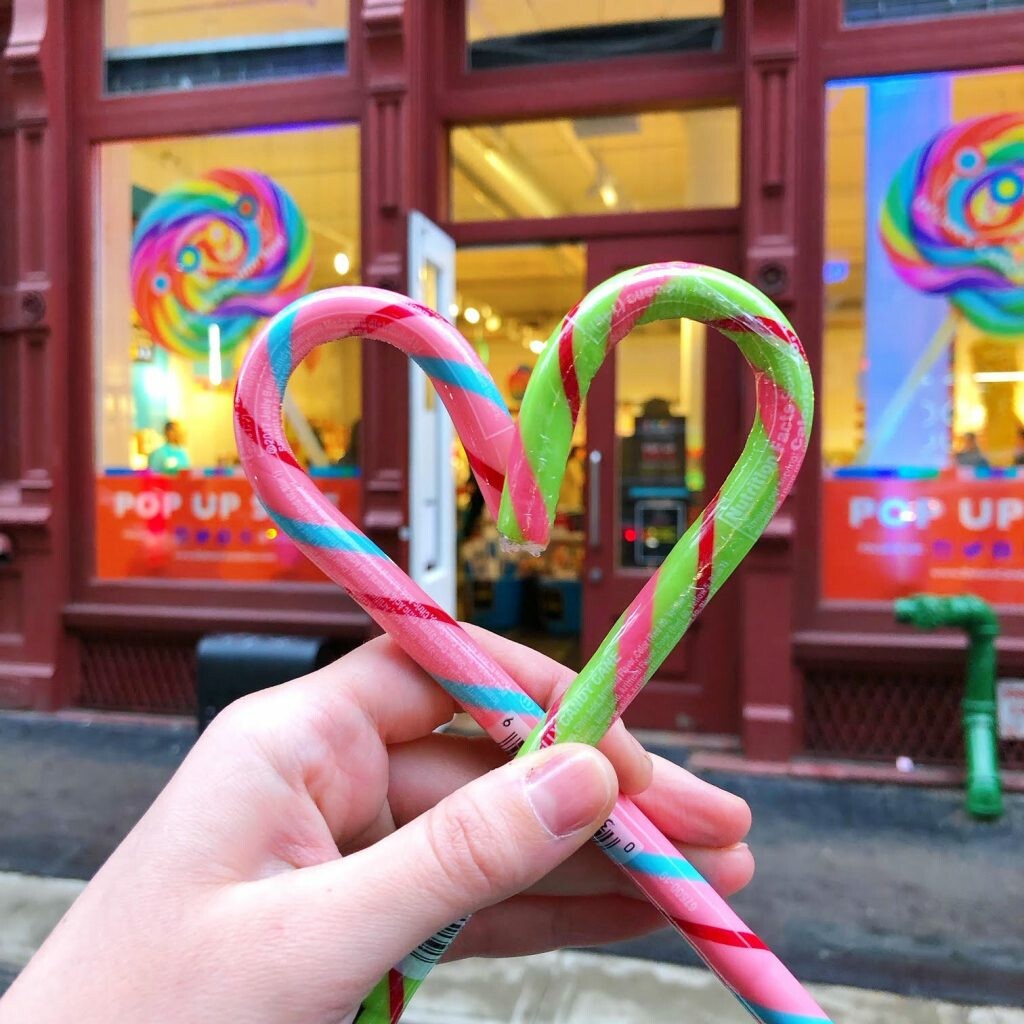
Questions to ask before renting your pop-up experience or short-term retail space:
- Is WiFi available in the physical space?
- Test the speeds for download and upload bandwidth
- Be transparent about how many devices are expected to connect, uses and the duration of connectivity. This is critical information for any provider to ensure that the performance of your WiFi is reliable and fast.
5. Measure Customer Lifetime Value (CLV)
As a small business, you may consider a pop-up shop to test the waters of a new market. But how do you know if your pop-up shop will be successful? By measuring your customer lifetime value (CLV). CLV is a metric that estimates the total value a customer will bring to your business over the course of their relationship with you.
In other words, it tells you how much revenue you can expect to generate from a customer over the course of their lifetime. There are a few different ways to measure CLV, but the most important thing is to start tracking it now so you can compare your results over time. By measuring your CLV, you can better understand your pop-up shop’s success and what steps you need to take to improve it.
Read More: How To Optimize Your Customer Lifetime Value
6. Identify online to offline customers
As a business owner, you always want to be sure that your marketing efforts are driving results. One way to measure the success of your marketing campaigns is to track your online to offline customers. By identifying online to offline customers, you can see which marketing channels are driving foot traffic to your physical store. There are a few different ways that you can identify online to offline customers.
One way is to use UTM codes. UTM codes are special codes that you can add to your URL that allow you to track where traffic is coming from. You can also use tracking pixels, which are small pieces of code that you can add to your website or emails.
Tracking pixels allow you to see which marketing channels are driving traffic to your website. Another way to identify online to offline customers is to use customer surveys. When you survey your customers, be sure to ask them how they heard about your physical store. This will give you valuable insights into which marketing channels are most effective.
Read More: Alibaba leading the way in merging online and offline shopping
7. Measuring the ROI of Pop Up Shops
Pop-up shops have become popular for businesses to reach existing customers and attract new ones. They provide a unique retail experience for customers who can’t get online and offer a great way to engage customers with a brand.
As with any other marketing initiative, it’s important to measure the ROI of a pop-up shop to ensure it is delivering the desired return on investment. In this blog post, we will look at how to measure pop-up shops’ ROI and provide tips on how to maximize the return.
We will discuss key metrics to look at, such as average transaction value, cost per conversion, and customer lifetime value. We will also provide insights on how to track results and make adjustments to increase ROI. Ultimately, the goal is to understand the impact of the pop-up shop and make decisions to drive profitable growth.
8. How to Optimize Pop-Up Shop ROI
Running a pop-up shop can be an excellent way to generate a short-term return on your investment (ROI). However, with the seemingly endless number of variables and costs associated with pop-up shops, it can be difficult to know how to maximize your ROI.
In this blog post, we’ll explore how to optimize pop-up shop ROI by focusing on three key areas: cost-efficiency, customer engagement, and visibility. We’ll look at how to maximize each value so you can increase your return on investment and maximize your profits.
By following the guidance in this post, you’ll be able to craft an effective pop-up shop strategy that will help you reach your goals with minimal expenditure.
9. Strategies for Maximizing Pop-Up Shop ROI
As any business owner will tell you, maximizing return on investment (ROI) is a key element of success, and pop-up shops are no exception. While pop-up shops have become increasingly popular among small businesses due to their potential to generate higher sales, it is important to have a strategy in place to ensure that your ROI is maximized.
In this blog post, we will explore the key strategies for maximizing ROI when running a pop-up shop, including choosing the right retail location, optimizing shop design and layout, utilizing customer data, and leveraging digital channels. By understanding these strategies and implementing them into your business, you can ensure that your pop-up shop is a lucrative and successful marketing strategy.
10. Best Practices for Generating the Highest ROI from Pop Up Shops
The pop-up shop is a relatively new retail concept that has been growing in popularity among entrepreneurs. Pop-up shops are temporary stores that are open for only a few days or weeks at a time, allowing businesses to engage with current customers and increase their brand awareness.
While a pop-up shop can be a great way to build a business, it can also be expensive and time-consuming to set up. As such, it is important to understand the best practices for generating the highest return on investment (ROI) from your pop-up shop.
In this blog post, we will discuss the key strategies for maximizing the ROI from your pop-up shop and highlight the best practices for generating the most value from your pop-up shop. We will also provide some tips and tricks for making sure your pop-up shopping experience is successful and profitable.
By following the advice in this blog post, you can ensure that your pop-up space shop is a success and maximize the ROI from your venture.
Conclusion
Overall, pop-up shops are a great way to capture consumer attention, boost sales, and generate ROI. By considering the various factors that go into running a successful pop-up shop, you can ensure that your pop-up is successful.
From location and timing to marketing and experience for customers, there are many factors to consider. With the right planning and execution, pop-up shops can be a great way to generate ROI for your business.
In conclusion, by using data from your pop-up store, you can measure how successful your pop-up store is. By looking at data, you can predict which products bring in the most sales. To measure your sales, you can use sales reports and look at overall sales data, including the total revenue from all of your sales.
Learn how data and insights with solid pop-up WiFi infrastructure are useful for your pop-up experience, event or short-term retail shop. Chat with GoGoGuest, a Storefront partner.
- How to Open a Successful Pop-Up Shop in London’s Fast-Fashion Neighborhoods - December 23, 2022
- The Benefits of Opening a Pop-Up Shop in NYC’s Fast-Fashion Neighborhoods - December 23, 2022
- Reaping the Benefits of Long-Term Pop Up Stores: Tips and Advice - December 23, 2022


